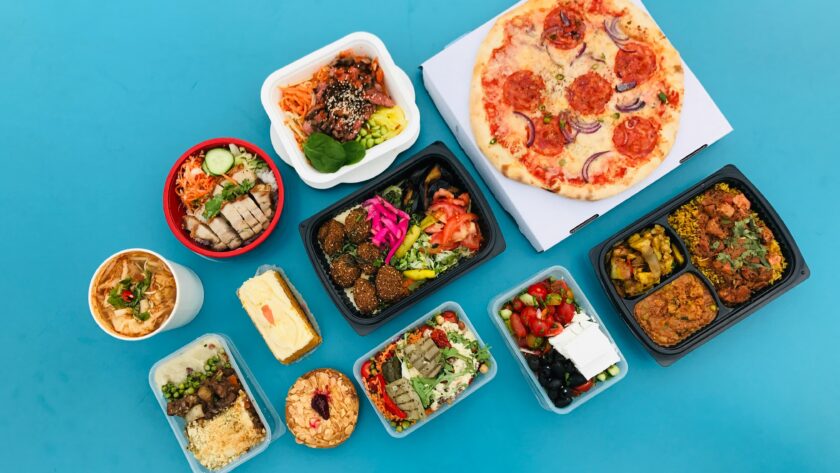Planning a week’s worth of meals using only flyer deals is a savvy strategy to save money and reduce food waste. By aligning your meal plans with weekly grocery store sales, you can enjoy delicious, budget-friendly meals without compromising on variety or nutrition. Here’s a step-by-step guide to help you master this approach.
🛒 Step 1: Review Weekly Flyers
Start by collecting the weekly sales flyers from your local grocery stores. These flyers highlight discounted items, often referred to as “loss leaders,” which are products sold at a loss to attract customers. Focus on these deals, especially for proteins, produce, and pantry staples. Many stores also offer digital versions of their flyers on their websites or apps, making it convenient to browse deals.
🧾 Step 2: Inventory Your Pantry and Freezer
Before planning meals, take stock of what you already have. Check your pantry, refrigerator, and freezer for items that need to be used soon. This helps prevent unnecessary purchases and ensures that perishable items are utilized before they expire. Combining existing ingredients with flyer deals maximizes savings and minimizes waste.
🍽️ Step 3: Plan Meals Around Sale Items
Using the deals identified in the flyers and your existing inventory, start planning your meals. For example, if chicken breasts are on sale, consider dishes like grilled chicken salads, stir-fries, or casseroles. If pasta is discounted, plan for spaghetti, baked ziti, or pasta salads. Aim for recipes that share common ingredients to streamline your shopping list and reduce costs.
🗓️ Step 4: Create a Weekly Meal Schedule
Organize your planned meals into a weekly schedule, assigning specific dishes to each day. This helps ensure variety and prevents last-minute decisions that could lead to impulse purchases. Include plans for breakfast, lunch, dinner, and snacks, considering your family’s preferences and schedule. Remember to allocate days for leftovers to further stretch your budget.
🛍️ Step 5: Make a Detailed Shopping List
Based on your meal plan, compile a shopping list categorized by store sections (produce, dairy, meats, etc.). This organization makes shopping more efficient and reduces the likelihood of forgetting items. Stick to the list to avoid impulse buys, and consider using store loyalty programs or coupons for additional savings.
🧑🍳 Step 6: Prep Meals in Advance
Once you’ve purchased your groceries, dedicate time to meal prep. Chop vegetables, marinate meats, and cook grains in advance to simplify meal preparation during the week. Portioning meals into containers can also make it easier to grab meals on busy days, reducing the temptation to dine out.
💡 Additional Tips for Success
- Flexibility is Key: Be prepared to adjust your meal plan based on in-store availability or unexpected sales.
- Embrace Leftovers: Plan for meals that can be repurposed. For instance, roasted vegetables can be used in salads, wraps, or omelets.
- Seasonal Produce: Fruits and vegetables in season are often cheaper and fresher. Incorporate these into your meals for cost savings and enhanced flavor.
- Bulk Buying: If storage allows, purchase non-perishable items in bulk when they’re on sale to save money in the long run.
By strategically planning your meals around flyer deals and existing pantry items, you can enjoy a week of delicious, budget-friendly meals. This approach not only saves money but also encourages healthier eating habits and reduces food waste. Start incorporating these steps into your routine and watch your grocery bills shrink while your culinary creativity expands!

